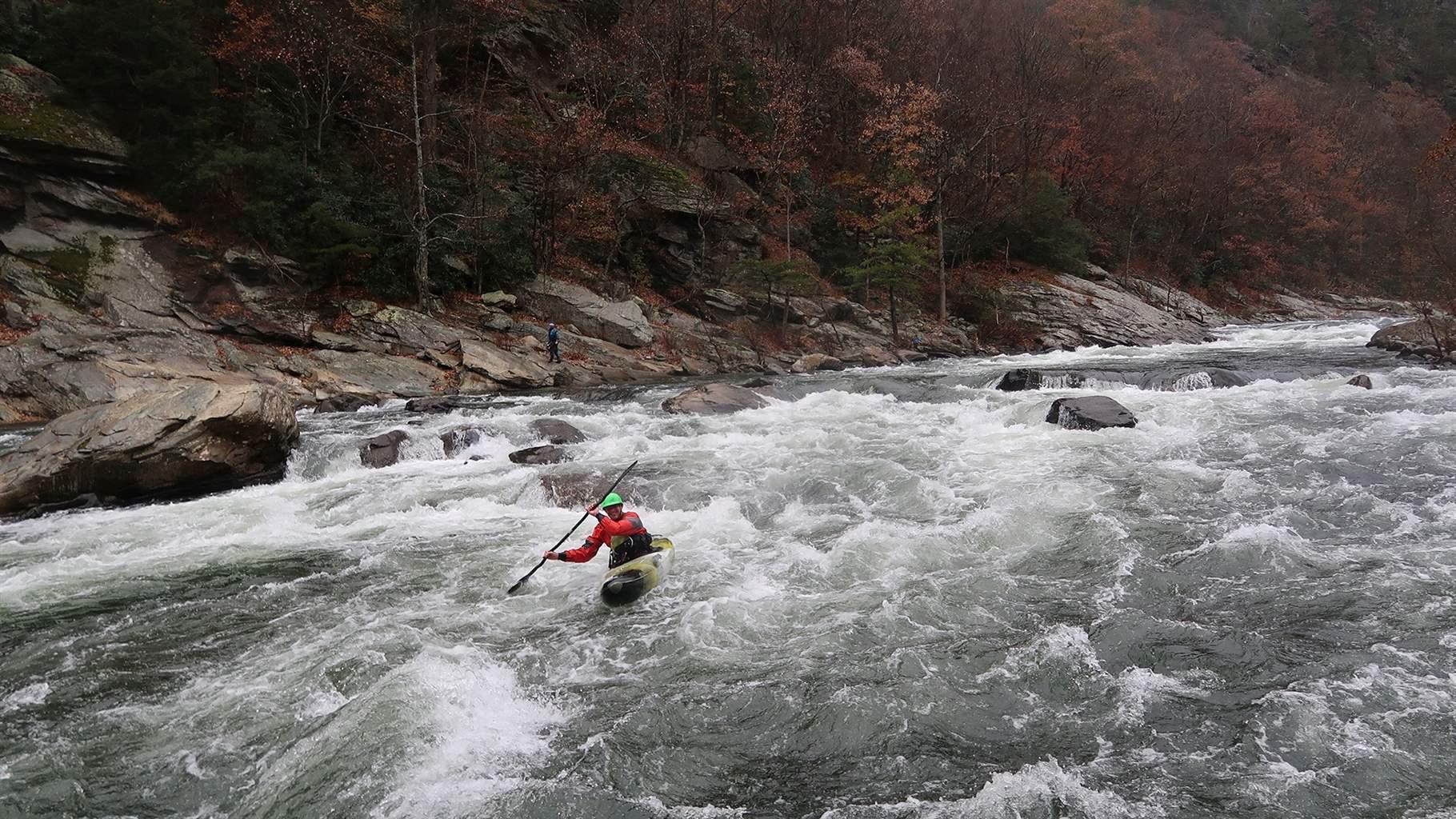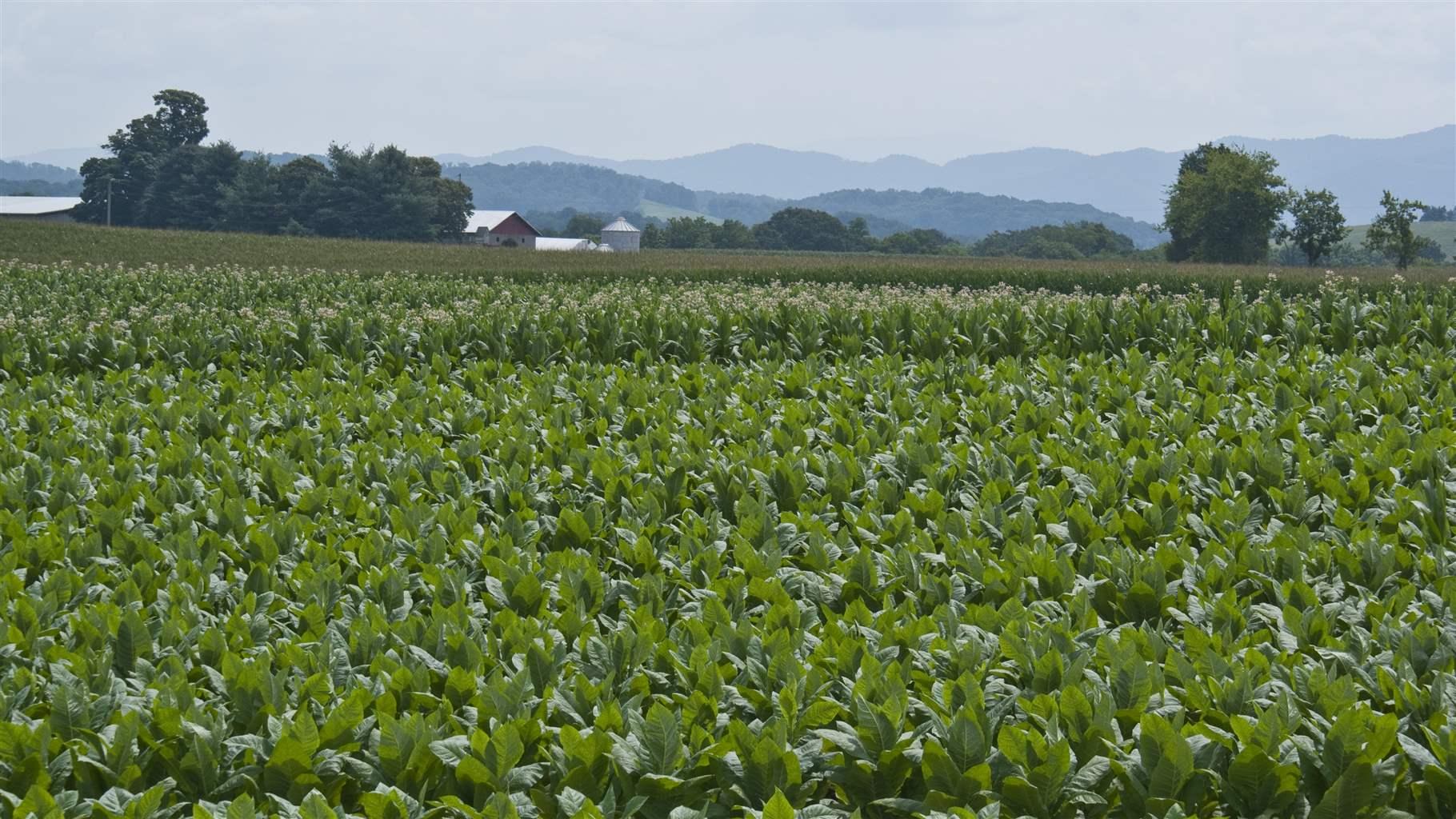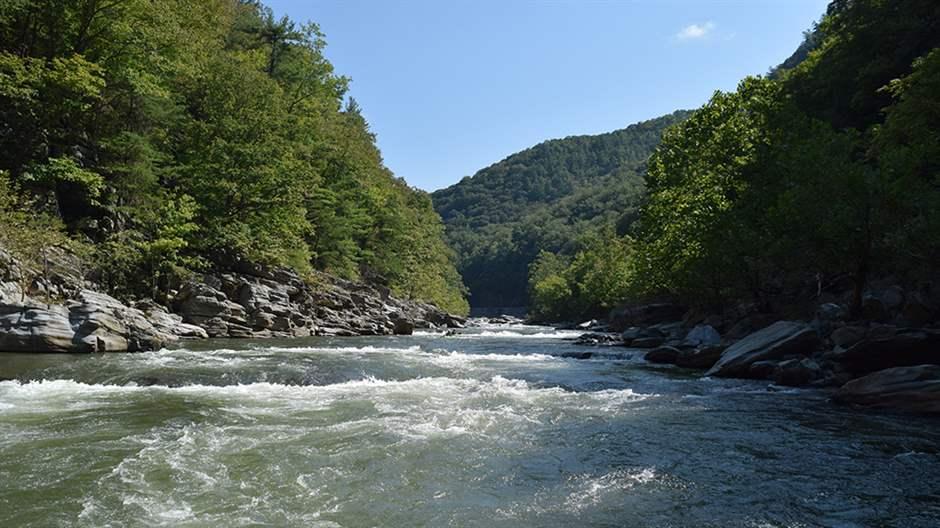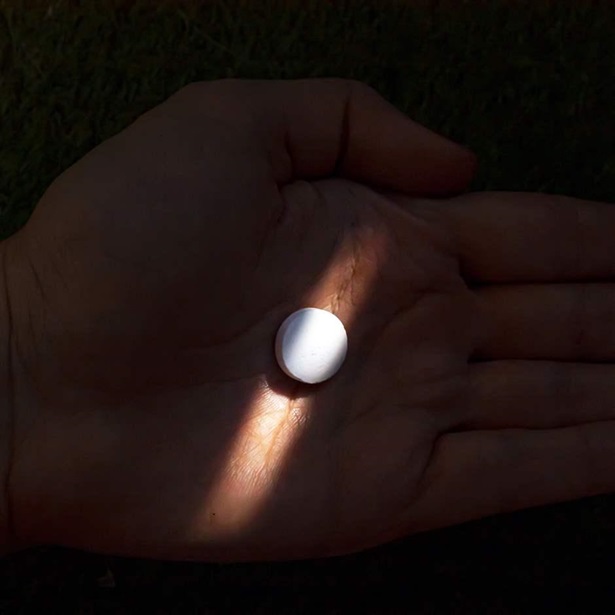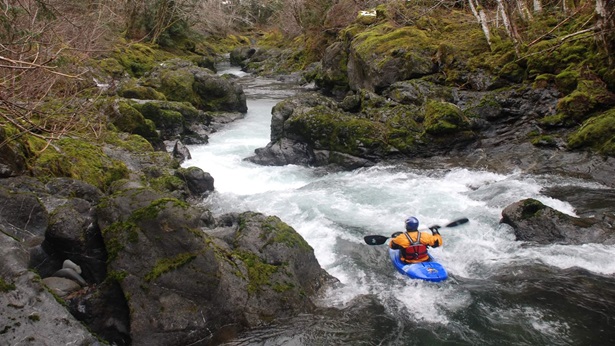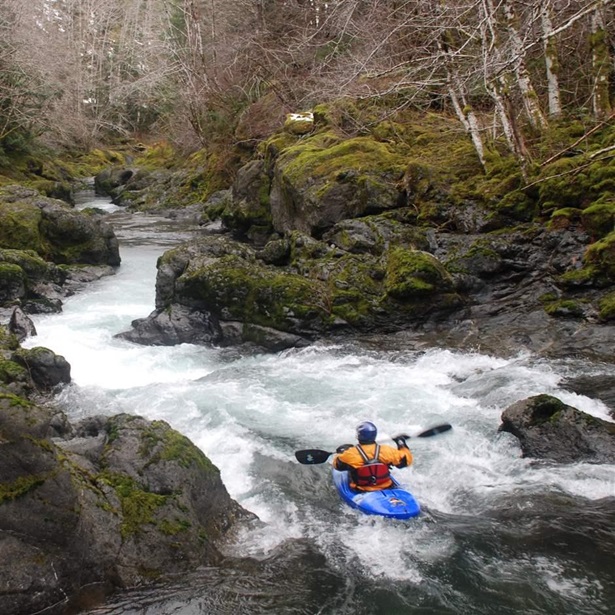Three Reasons to Protect the Nolichucky River Gorge
Ensuring free flow of popular Southeastern waterway would help wildlife and local economies
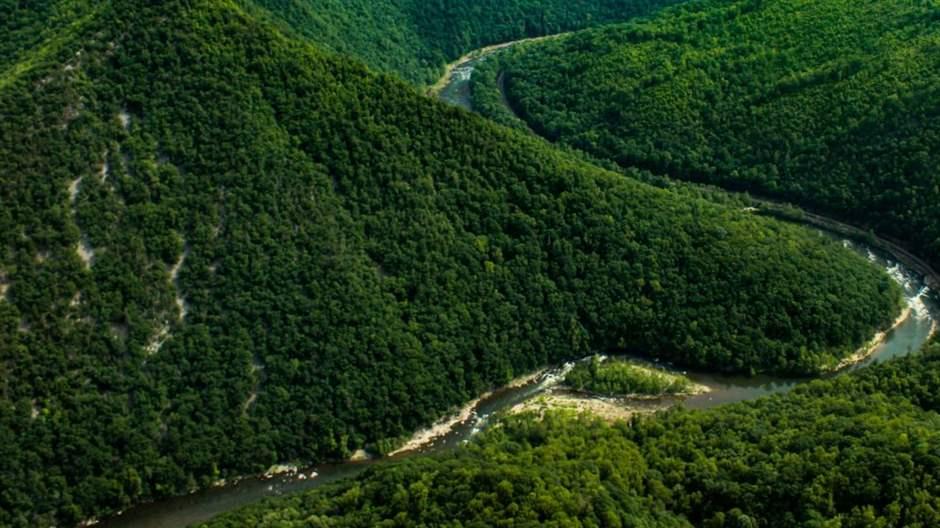
Editor's note: This article has been updated to clarify that a diverse economy is vital to communities around the Nolichucky Gorge.
Along its 115-mile ramble through the rugged hills of western North Carolina and eastern Tennessee, the Nolichucky River cuts the deepest gorge in the Southeast—3,000 feet—and serves up world-class whitewater boating and clean water for drinking and irrigation in nearby communities. The outdoor recreation and tourism centered on the Nolichucky have helped to diversify local economies.
Now an effort that started in 2017 is gaining steam, with dozens of small businesses and thousands of river lovers signing on to a petition advocating for permanent protection of the Nolichucky Gorge, an eight-mile stretch of the river that runs through U.S. Forest Service land between Poplar, North Carolina, and Erwin, Tennessee. The petition calls on Congress to add this small yet vital section of the Nolichucky to the National Wild and Scenic Rivers System, a designation that protects free-flowing rivers from future obstruction. One of the last free-flowing rivers in the Southeast, the Nolichucky will continue to help wildlife, outdoor enthusiasts, and the local economy thrive for generations to come if properly protected. Here are three reasons it should receive the designation:
Recreational opportunities
The Nolichucky River drains from the Blue Ridge Mountains of western North Carolina and eastern Tennessee, over time cutting a gorge 3,000 feet deep with over a dozen class II-IV rapids that draw rafters and kayakers from across the country.
The river is also popular with anglers casting for the Nolichucky’s renowned smallmouth, rock, and black bass, and with bird-watchers who come to see raptors—from bald eagles and osprey to peregrine falcons and hawks. In addition, the ecosystem supports a wealth of other wildlife, including vulnerable species such as the elktoe mussel and the hellbender salamander.
Agricultural support
Farms, including small family-run operations, count on the Nolichucky for clean, abundant water. Many other rivers in the Southeast are heavily dammed, which affects the availability and quality of the water. By barring any future dams on this section of the Nolichucky, a wild and scenic designation would preserve the recreational draw of the gorge and permanently protect downstream water users.
Economic boost
The Nolichucky River is an economic engine for local businesses that outfit, guide, and feed visiting boaters, anglers, and other outdoor enthusiasts. According to a study by the Outdoor Industry Association, in 2017 out-of-state visitors spent $28 billion and $21.6 billion on outdoor recreation activities in North Carolina and Tennessee, respectively. Wild and scenic designation would boost that recreation and tourism business and, by extension, enhance the economic diversification that keeps local economies thriving through hard times.
What’s next?
In the coming months, advocates will continue making their voices heard for greater protections for the Nolichucky River and are hopeful that the U.S. Senate will introduce legislation to designate the eight-mile gorge as wild and scenic. Wild places have long been vital to human health, ecosystem balance, and rural economies—something that has become more apparent to many people during the COVID-19 shutdown. Congress has a chance now to preserve that vitality in a small slice of the Southeast.
Nicole Cordan is a project director with Pew’s U.S. public lands and rivers conservation project.
